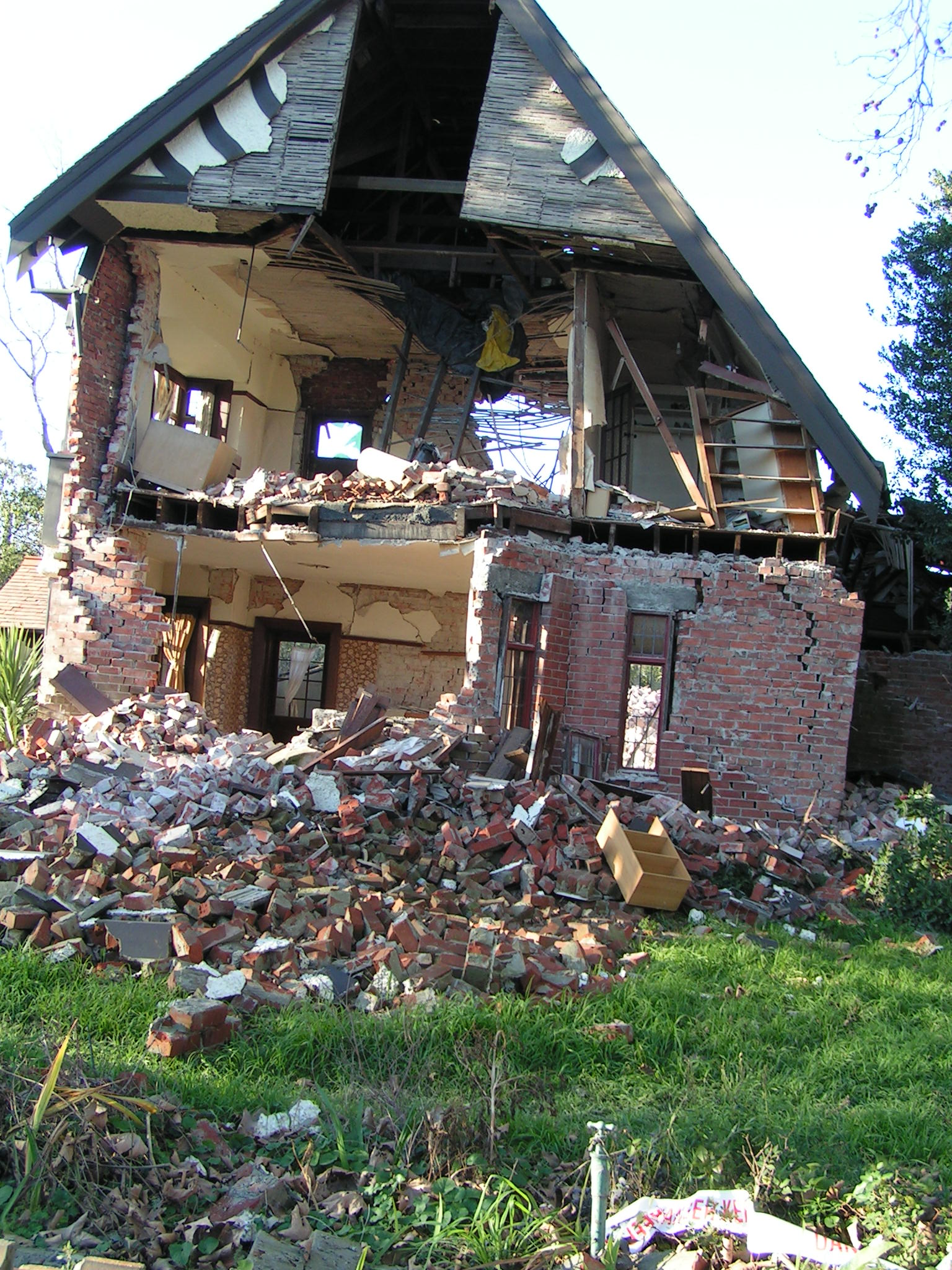
Tāmaki Makaurau – New research wants to find the sweet spot for one of the greatest challenges in the construction industry which is balancing seismically resilient housing with reduced embodied carbon.
Waipapa Taumata Rau University of Auckland is leading a team exploring whether the carbon cost of designing seismically resilient structures can be justified in medium to high density residential buildings across Aotearoa New Zealand.
Toka Tū Ake EQC has funded this project as it directly aligns with its focus on improving the resilience of New Zealand’s homes and buildings in a world with significant climate challenges.
The research focus is on building a stronger Aotearoa starting with housing that can withstand the impacts of natural hazards. More resilient structures on suitable land is an effective way to lower damage levels and reduce the social disruption caused by natural hazard events.
Aotearoa needs to address future disaster challenges, while also contributing towards a net-zero carbon New Zealand.
Investing in science and research and translating that into tangible outcomes is a critical part of what the research does to make a difference for New Zealanders.
The team has been investigating a risk-based, lifecycle cost-benefit analysis on multi-storey residential buildings in Auckland, Christchurch and Wellington.
Researchers are now conducting structural and non-structural estimations on what these redesigned buildings look like, focusing on how seismic performance objectives impact the embodied carbon during construction.
Climate change mitigation within the building sector is happening, just not fast enough. Aotearoa need to push this kind of research or New Zealand won’t meet its net carbon zero targets by 2050, considering the building sector is responsible for 39 per cent of global carbon emissions.
The study allows the research team to explore how lower embodied carbon alternatives could be implemented, while still achieving a higher seismic performance target.
Their study will help find a balance between designing stronger buildings that would suffer limited damage but require higher up-front carbon costs during construction, and buildings with lower embodied carbon that could have a significant environmental impact if they need to be torn down or repaired after a seismic event.
There is a push to make homes more resilient and fortunately some scientists and engineers are focused on improving seismic resilience, as well as working towards more environmentally friendly techniques and net-zero carbon builds.
The aim is to provide evidence that improved seismic resilience can be achieved alongside a shift to embodied carbon considered design, and that sustainable design is not mutually exclusive of seismic resilience providing a strong argument for legislation so Kiwis can start to see change happen.

